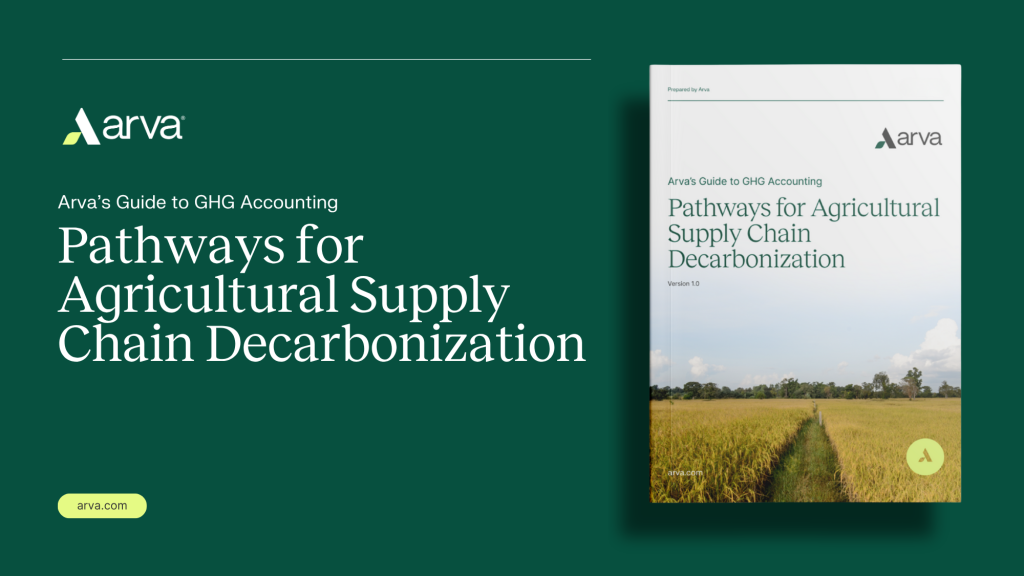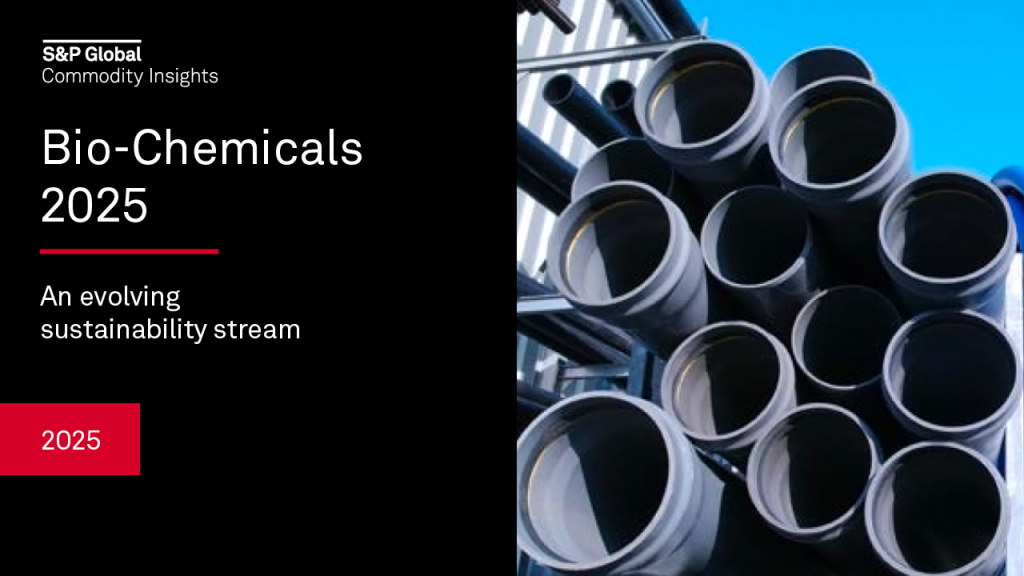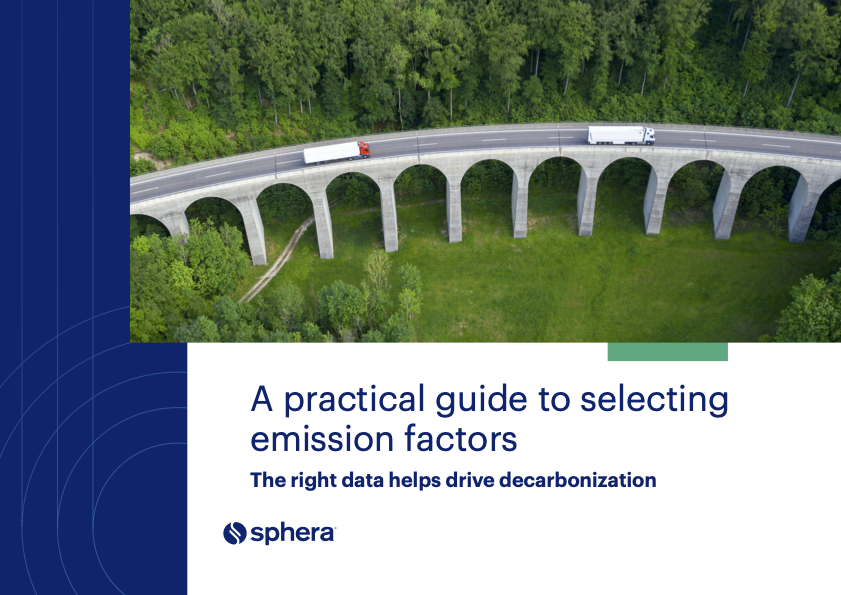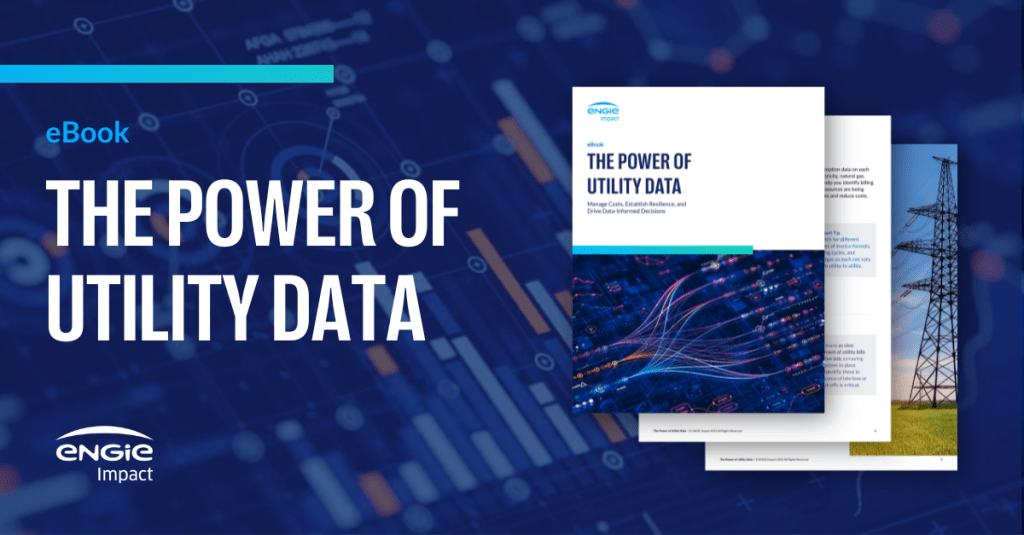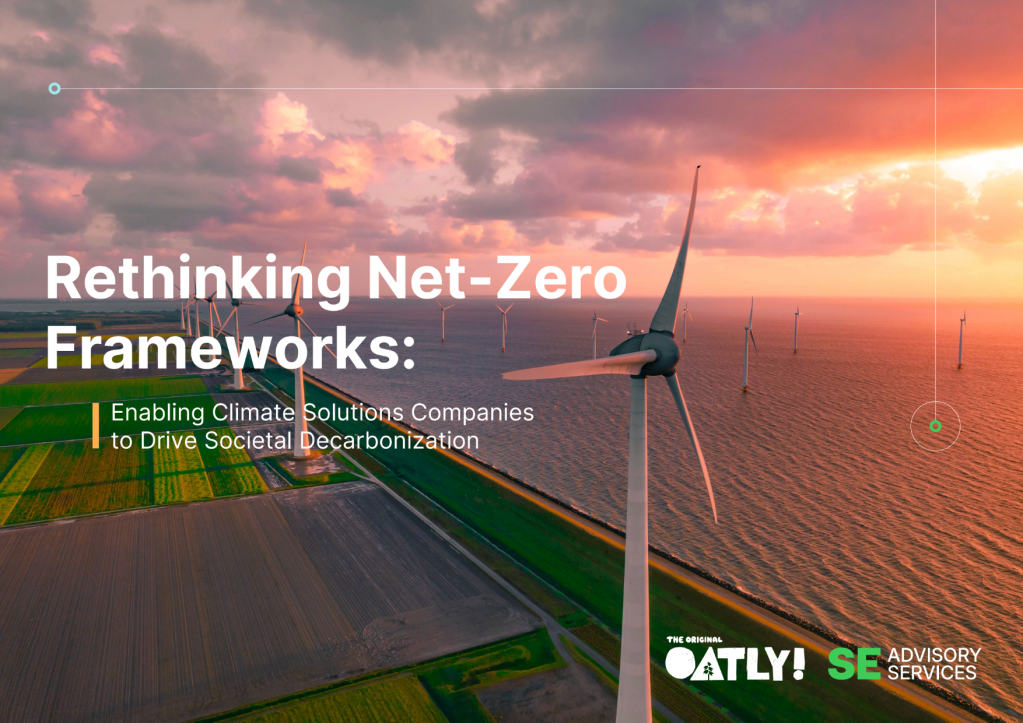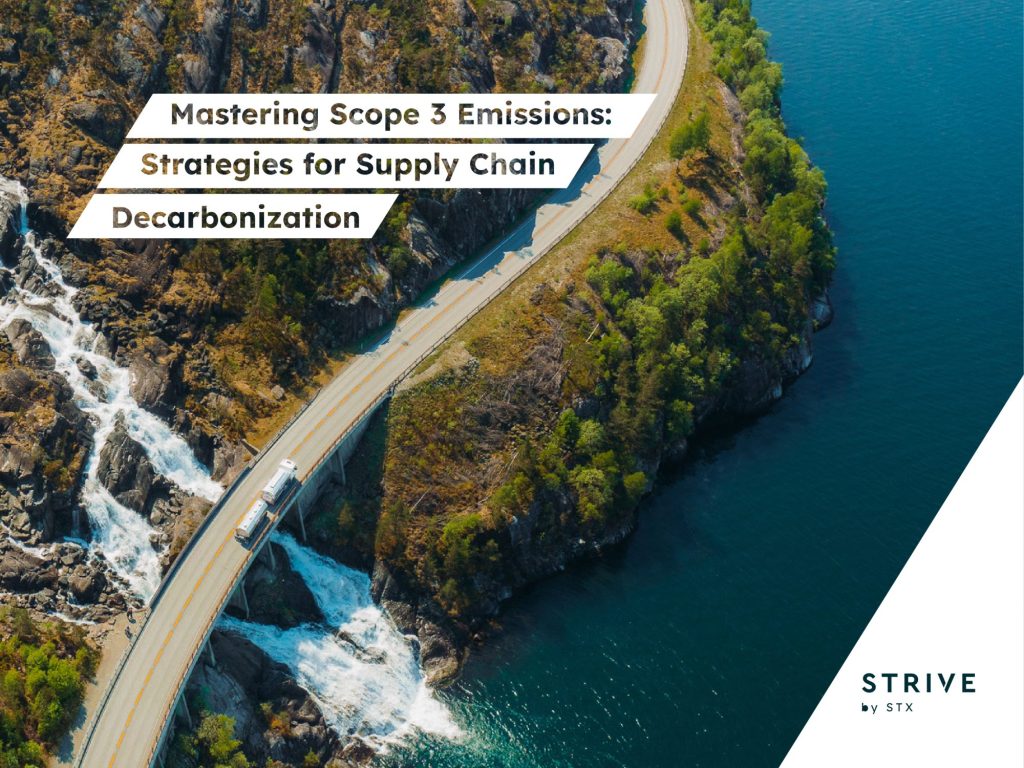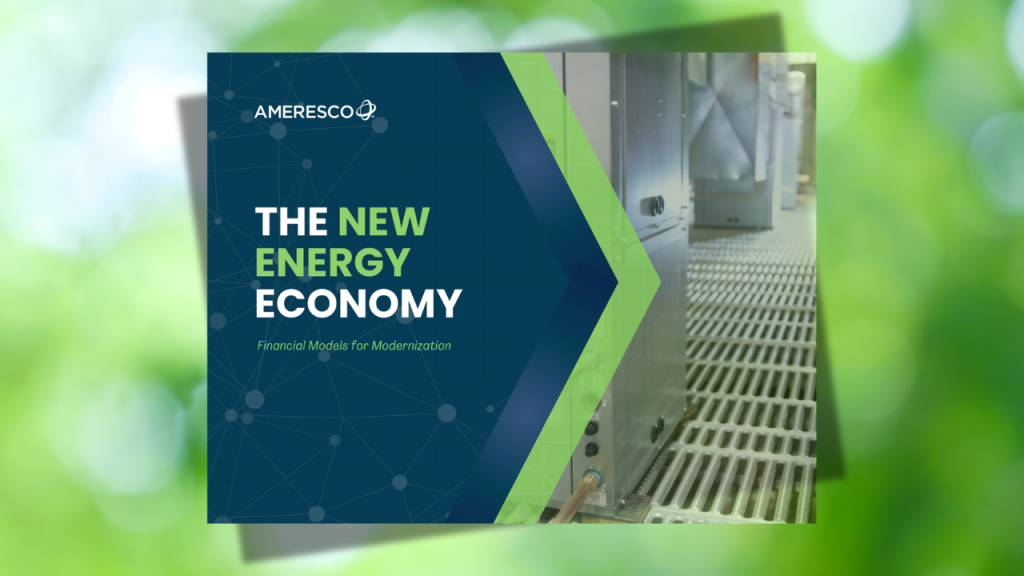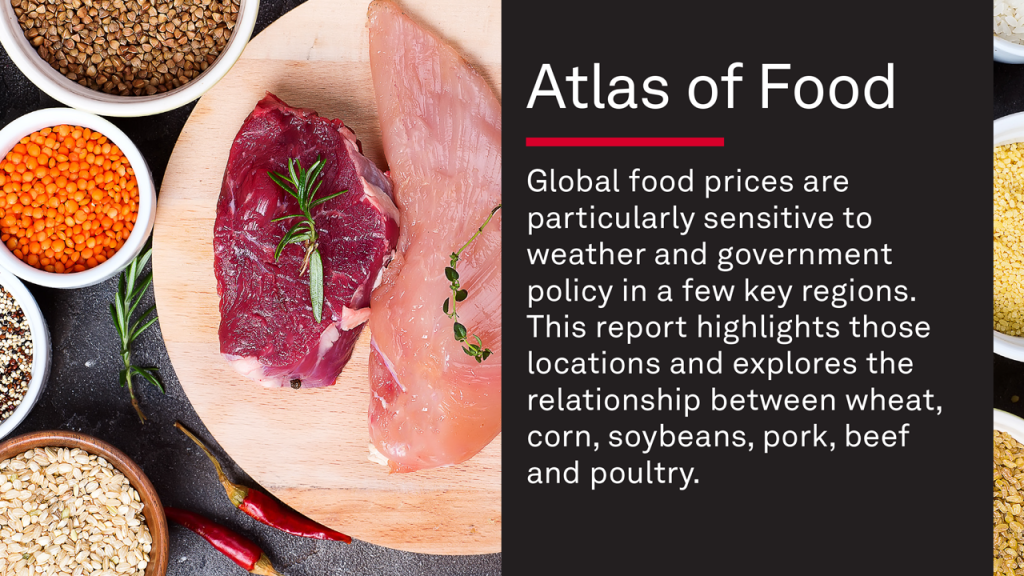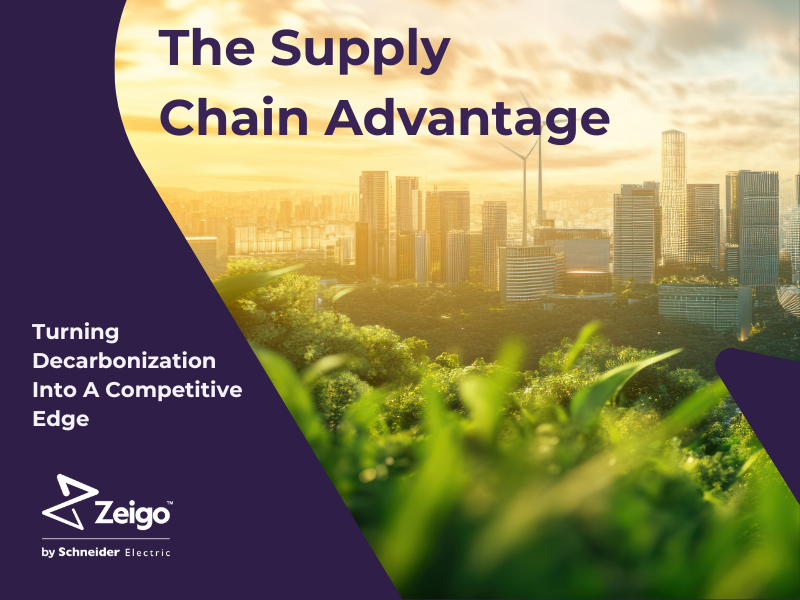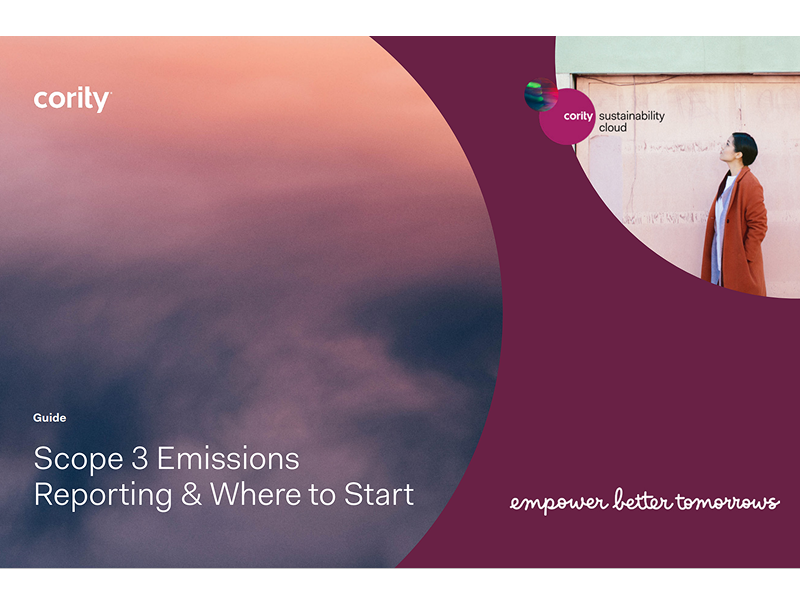How companies can support Indigenous communities in carbon markets
For years, traditional communities have used their land management expertise to restore and replenish the environment. Read More

- The knowledge and rights of Indigenous communities are foundational to long-term, nature-based solutions.
- Ethical practice goes beyond consent. It also means respecting land rights, enabling local oversight and communicating transparently in culturally-appropriate ways.
- To ensure impact and legitimacy, buyers and developers can go beyond technical audits to meet rising social integrity and accountability expectations.
The opinions expressed here by Trellis expert contributors are their own, not those of Trellis.
We might forget it, but it’s true: By absorbing carbon from the atmosphere, the world’s forests and oceans shield us from the consequences of our emissions.
Indigenous peoples have long known this and have managed their land for generations by protecting and restoring the world’s natural carbon sinks to mitigate the environmental crisis.
As more companies wake up to this fact, they’re recognizing the need to develop nature-based projects and programs on ancestral lands with the input of the community. So much so that key features of inclusive nature-based projects and programs are emerging, providing pathways for companies to promote equitable engagement.
Prioritizing community engagement
It’s estimated that 54 percent of the world’s intact forests are on Indigenous lands storing vast carbon stocks. For generations, people from these communities have used their extensive land management expertise to restore and replenish the environment.
It’s obvious, but I think it needs saying: The best nature-based projects and programs are those which invite people with the deepest knowledge of a local environment to the decision-making table. Without their expertise, initiatives are more likely to fail. And if Indigenous peoples and traditional and local communities are excluded, projects will face social and reputational risks, too.
When these communities are properly included, the outcomes are stronger and longer-lasting. Programs can only endure if local people feel a genuine sense of ownership and see clear benefits tied to their development priorities.
For example, I recently spoke with colleagues at Silvania’s Race to Belem campaign, who are working with the Brazilian state of Tocantins to establish a state-level effort to curb deforestation. They made it clear that the involvement of Indigenous peoples, local communities and smallholder farmers was critical for success. They’ve discussed proposed revenue sharing and spending with those communities and the program will invest a percentage of its profits in sustainable livelihoods.
Community credentials count
Corporate buyers increasingly deploy internal teams and third-party experts to assess project integrity and flag risks. But up-front diligence is only part of the picture.
While early assessments often focus on the technical quality of emissions reductions and carbon accounting, buyers are placing a growing emphasis on a project or program’s social credentials — how it engages communities, protects rights and shares revenues. After contracts are signed, however, oversight often relies on developer reports or informal feedback. That’s not a reliable basis for managing risk or ensuring accountability.
In response, some companies are beginning to use tools from human rights and supply chain audits in carbon projects and programs. For example, companies such as Microsoft and Salesforce have started including third-party verification, stakeholder engagement and safeguards for Indigenous rights in their carbon credit investment agreements. These approaches reflect a growing understanding that durable, high-integrity outcomes require independent, ongoing oversight, particularly when it comes to community engagement and revenue sharing.
Many corporate buyers would welcome clearer and more consistent reporting formats for nature-based projects and programs. They want transparency around how revenues are distributed, how communities can raise grievances and how developers respond to concerns. Tools such as Beyond Alliance’s Common App are emerging to combat these challenges by prompting developers to disclose such project details.
An ethical guide for companies
As expectations rise, initiatives such as Beyond Alliance are helping shape what good looks like and setting higher standards for social integrity and buyer responsibility. Alongside this, the World Business Council for Sustainable Development’s Buyer’s Guide offers a practical framework for companies procuring nature-based carbon credits from projects and programs that work equitably with Indigenous peoples and local communities. It’s built on two core principles: do no harm; and deliver benefits.
Project developers also play a pivotal role. Their approach to co-design, governance and long-term revenue sharing often determines whether these principles are upheld in practice.
Do no harm: First, companies should look for nature-based carbon projects and programs that demonstrate they have gained free, prior, informed consent from affected communities through dialogue using interpreters when necessary. Companies should engage in transparent, culturally appropriate communications with local people. Nature-based initiatives should also recognize local people’s land and resource rights. In fact, the best projects and programs help to consolidate and enforce these rights.
To ensure no harm, companies should check that nature-based initiatives regularly monitor the social impacts of their work. This means having proper safeguards and grievance mechanisms in place which local people can use to express opinions and raise concerns. It’s also important to submit projects and programs to local oversight institutions that may be aligned with activities on the ground.
Deliver benefits: The best projects and programs consider local people as active participants rather than beneficiaries of carbon revenue. Companies can look for programs and projects that invest in local capacity building and leadership opportunities. For example, the Brazilian state of Acre just completed widespread consultations that led to the decision to channel 72 percent of the proceeds from one nature-based program to communities.
Engagement is foundational to success
Engaging Indigenous people, traditional and local communities isn’t a formality; it’s foundational. Without involving the people with the best expertise, nature-based projects will lose out. They simply cannot be as successful.
The good news is that the tools to facilitate inclusion already exist. Now it’s time for companies to use their influence and push for better terms for Indigenous peoples, traditional and local communities.

Subscribe to Trellis Briefing
Featured Reports

